-
Levitt, Nina (b.1955)
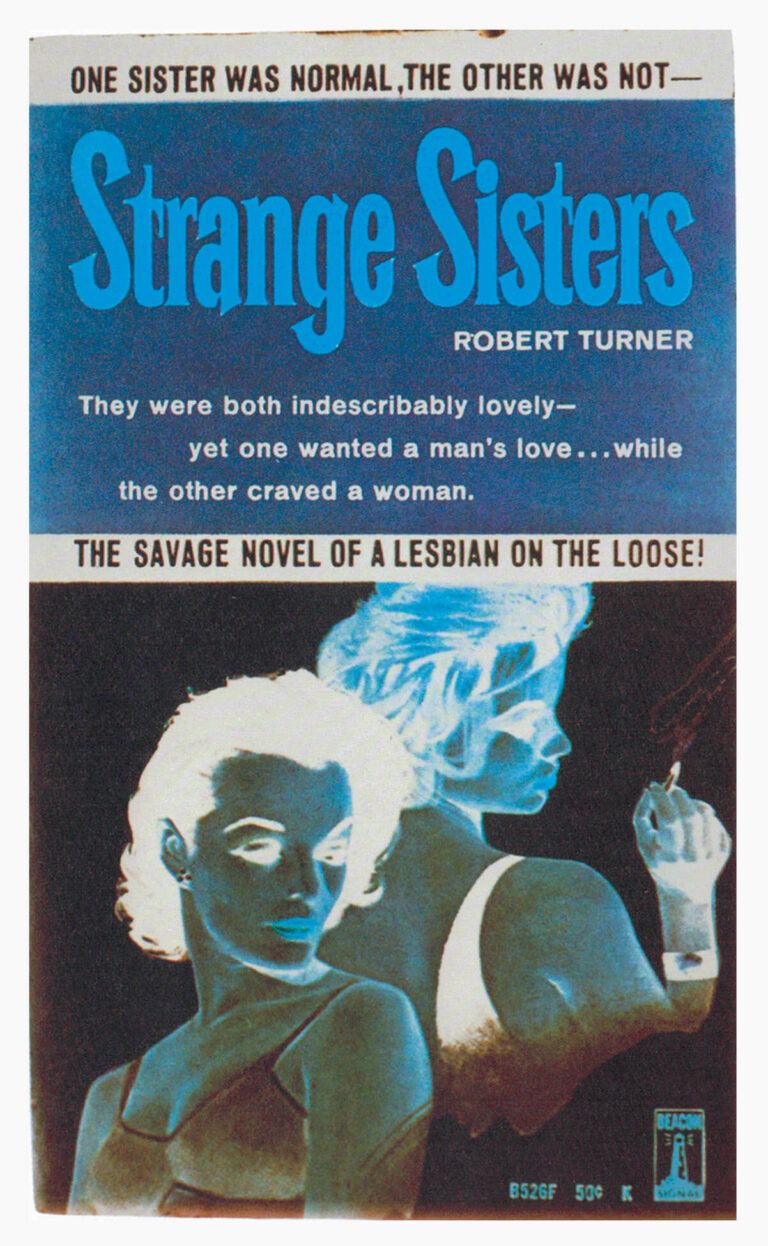
Levitt studied photography at Ryerson Polytechnical Institute (now Toronto Metropolitan University) and was a member of the Toronto Photography Workshop. Her early work examined and critiqued the representation of women and sexuality in mass culture. In Conspiracy of Silence, 1987, Levitt re-photographed and manipulated mid-century pulp fiction covers to highlight traces of queer desire. The work was created for one of the first queer-focused exhibitions in Canada, Sight Specific: Lesbians and Representation, 1988, and has been included in international surveys of queer art. Levitt is a professor at York University.
Image: Nina Levitt, Conspiracy of Silence (detail), 1987, five colour photographs and photograms, 76.2 x 101.6 cm, Collection of the artist.
For further reading, see:
Boffin, Tessa, and Jean Fraser. Stolen Glances : Lesbians Take Photographs. London: Pandora Press, 1991.
Cooper, Emmanuel. The Sexual Perspective: Homosexuality and Art in the Last 100 Years in the West. London: Routledge, 1995.
Fernie, Lynne, Dinah Forbes, and Joyce Mason. Sight Specific: Lesbians & Representation. Toronto: A Space Art Gallery, 1988.

-
Liverpool, Diane (b.1958, Montreal)
Liverpool studied journalism at Centennial College and worked as a reporter and photojournalist for Contrast, a Black community newspaper in the Bloor and Bathurst neighbourhood of Toronto, from 1979 to 1981. One of only a few Black women in the field at the time, she covered entertainment and had access to internationally recognized actors and musicians such as Harry Belafonte, Peter Tosh, and Tina Turner.
For further reading, see:
Crooks, Julie, and Karen Carter. Ears, Eyes, Voice: Black Canadian Photojournalists, 1970s–1990s. Toronto: BAND Gallery and Cultural Centre, 2019, 28–39.
-
Lockwood, Alvira (1842, Williamsburg, Ontario–1925, Ottawa)
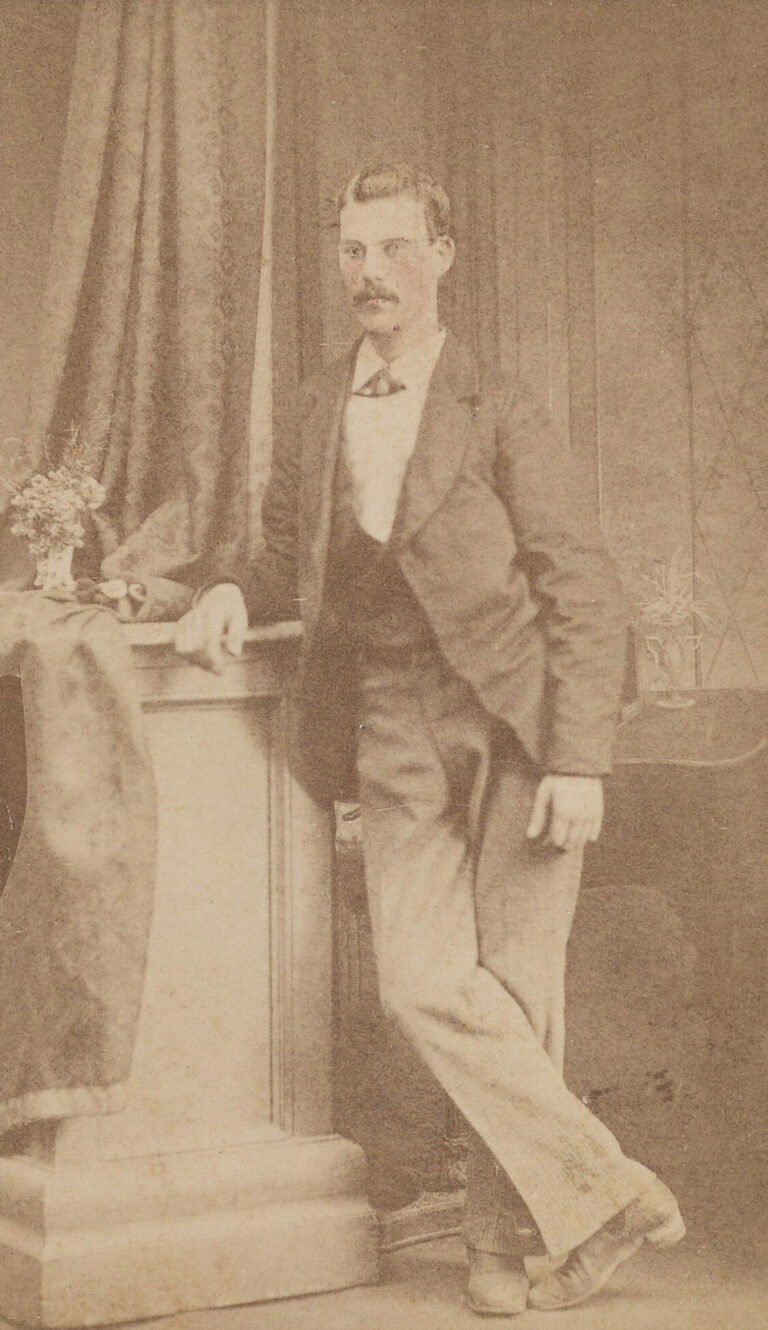
Lockwood learned photography from her father, Joseph, who owned an Ottawa studio specializing in daguerreotype and ambrotype portraits. After her father’s death in 1859, Lockwood ran the business with her mother, Melinda, and sister Maria. In a career spanning over twenty-five years, Lockwood established herself as a skilled portraitist in a male-dominated field. She closed her studio in 1884 and trained as a painter in New York and Paris. When she returned to Ottawa in 1890, she launched a thirty-year career as a painter.
Image: Alvira Lockwood, Portrait of a man, c.1870, carte-de-visite, 9.4 x 5.5 cm, Beinecke Rare Book and Manuscript Library, Yale University, New Haven.
For further reading, see:
Skidmore, Colleen. “Commercial Studio Photographers, 1860–1940.” In Rare Merit: Women in Photography in Canada, 1840–1940. Vancouver: UBC Press, 2022, 196–99.

-
Lund, Chris (1923–1983)
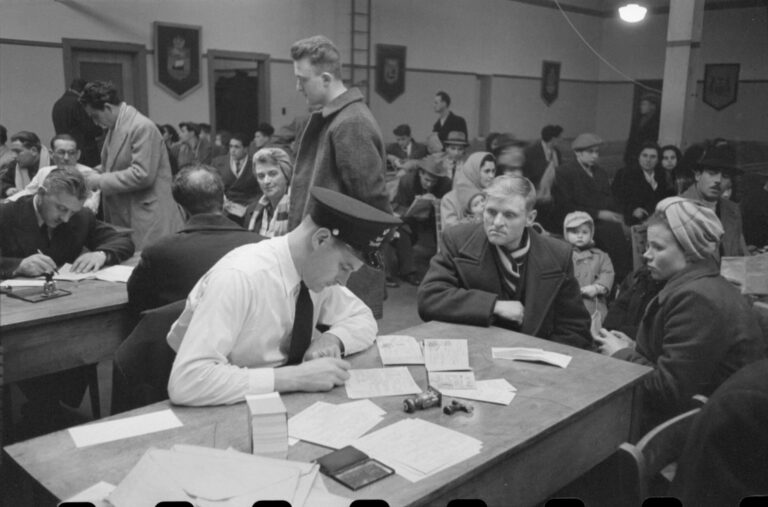
Lund worked as a staff photographer for the National Film Board’s Still Photography Division from the 1940s to the 1970s. He travelled throughout the country and built a significant body of work that documents Canada’s considerable transformation in the postwar period. Lund often staged his pictures and showed a high degree of attention to composition.
Image: Chris Lund, Examining new arrivals in Immigration Examination Hall, Pier 21, March 1952, contemporary print from black and white negative, Library and Archives Canada, Ottawa.
For further reading, see:
Payne, Carol. The Official Picture: The National Film Board of Canada’s Still Photography Division and the Image of Canada, 1941–1971. Montreal and Kingston: McGill-Queen’s University Press, 2013, 38–40.

-
Lunney, Gar (1920, Winnipeg–2016, Vancouver)
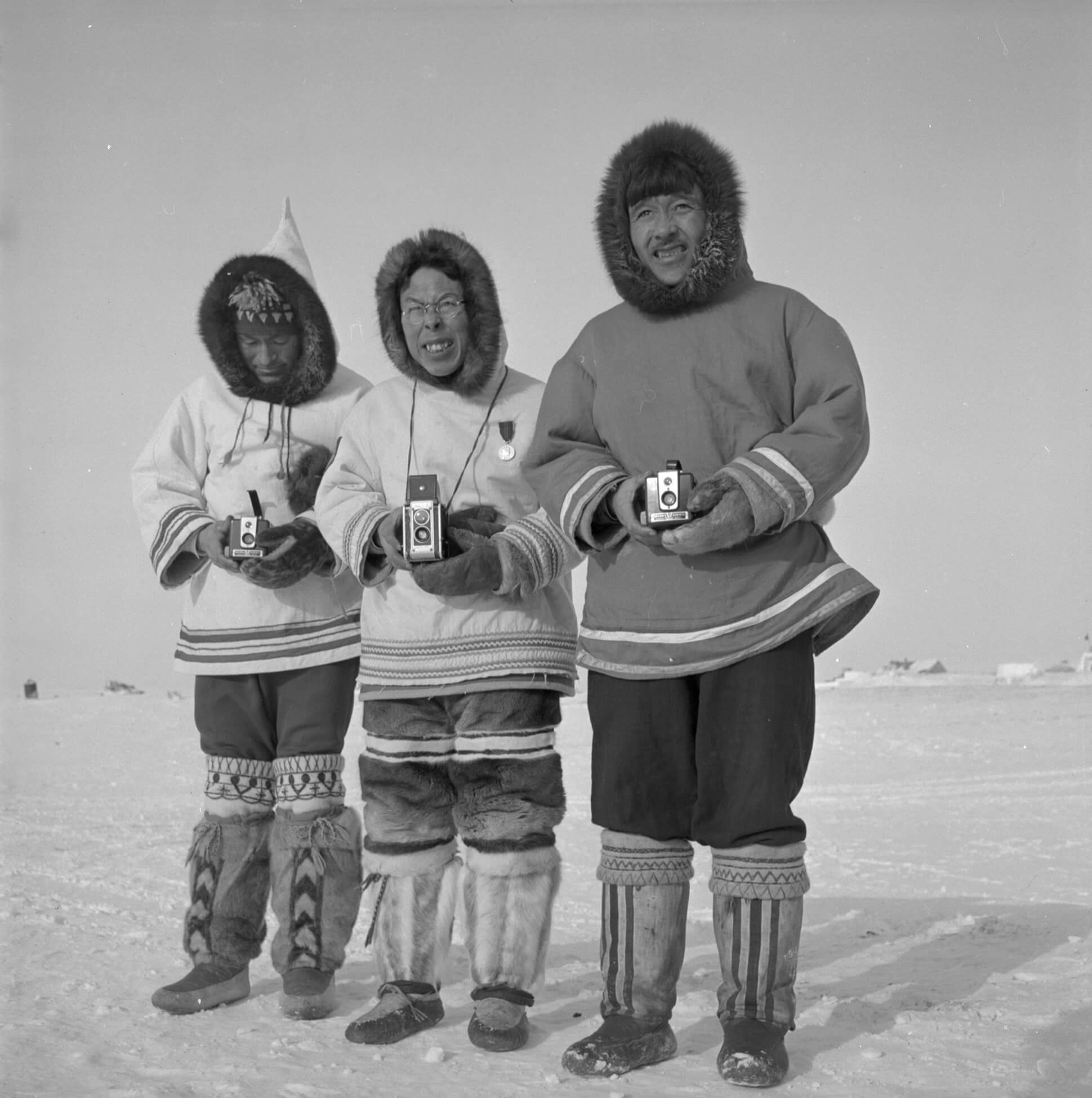
Lunney worked with the National Film Board’s Still Photography Division from 1950 to 1964 and was a founding member of the National Press Club in Ottawa. He strived to create dramatic images arranged as a series to construct a narrative and “to get away from a straight news picture.”
Image: Gar Lunney, Governor General’s Northern Tour. Three Inuit men [Daniel N. Salluviniq (Sudlovenick), Joseph Idlout, Zebeddie Amarualik] holding Brownie cameras await the arrival of the Governor General Vincent Massey at Resolute Bay, N.W.T., March 1956, black and white photo print, Library and Archives Canada, Ottawa. The title for this image was updated to include Salluviniq, Idllout, and Amarualik as part of the Project Naming project.
For further reading, see:
Payne, Carol. The Official Picture: The National Film Board of Canada’s Still Photography Division and the Image of Canada, 1941–1971. Montreal and Kingston: McGill-Queen’s University Press, 2013, 40.

-
Lupson, Arnold (1894, England–1951)
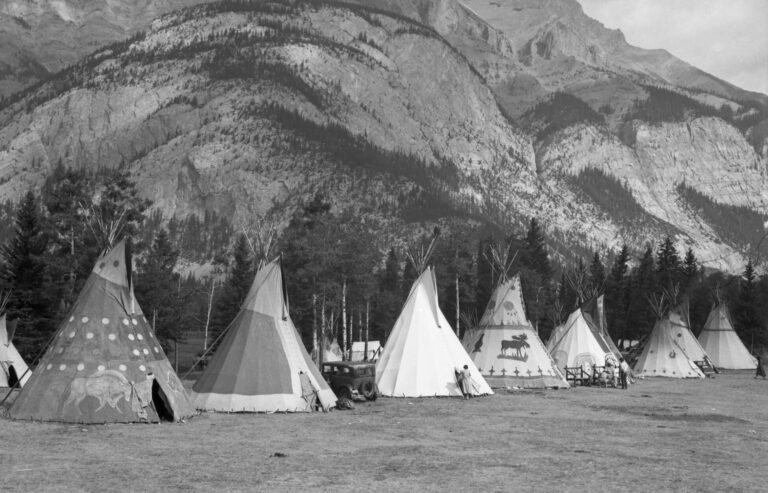
Lupson emigrated from England to Calgary in 1919. An amateur photographer and ethnographer, he worked extensively on the Sarcee (Tsuut’ina) reserve. In his 1923 photographically illustrated account of the Sarcee, Lupson claimed to be an adopted member of the Sarcee, but the relationship was likely more complicated. Lupson also photographed the Blackfoot (Siksika), Blood, Peigan, and Stoney communities, in the form of portraits and documentary photographs of day-to-day activities. A collection of Arnold Lupson’s photographs are held at the Glenbow Museum.
Image: Arnold Lupson, Decorated Stoney teepees, Banff Indian Days, c.1930s, gelatin silver print, Glenbow Museum, Calgary.
For further reading, see:
Opp, James. “The Colonial Legacies of the Digital Archive: The Arnold Lupson Photographic Collection.” Archivaria 65, no. 1 (2008): 3.
Taylor, Colin F., and Hugh A. Dempsey. With Eagle Tail: Arnold Lupson and 30 Years among the Sarcee, Blackfoot and Stoney Indians on the North American Plains. London: Vega Books, 1999.

-
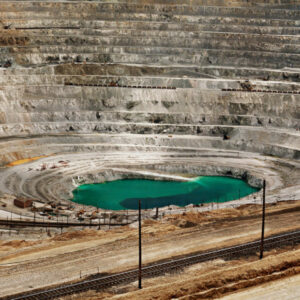 About the Authors
About the Authors
This book is written by art historians Sarah Bassnett and Sarah Parsons.
-
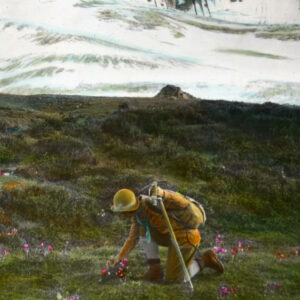 More Online Art Books
More Online Art Books
Read online or download the ACI’s incredible library of art books for free in French and English.
-
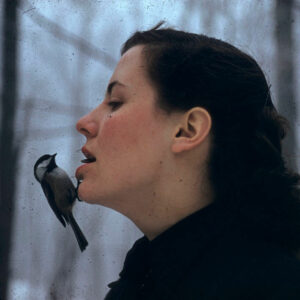 Preface
Preface
Photography has become so thoroughly integrated into our everyday experience that it may be hard to imagine life without it.
